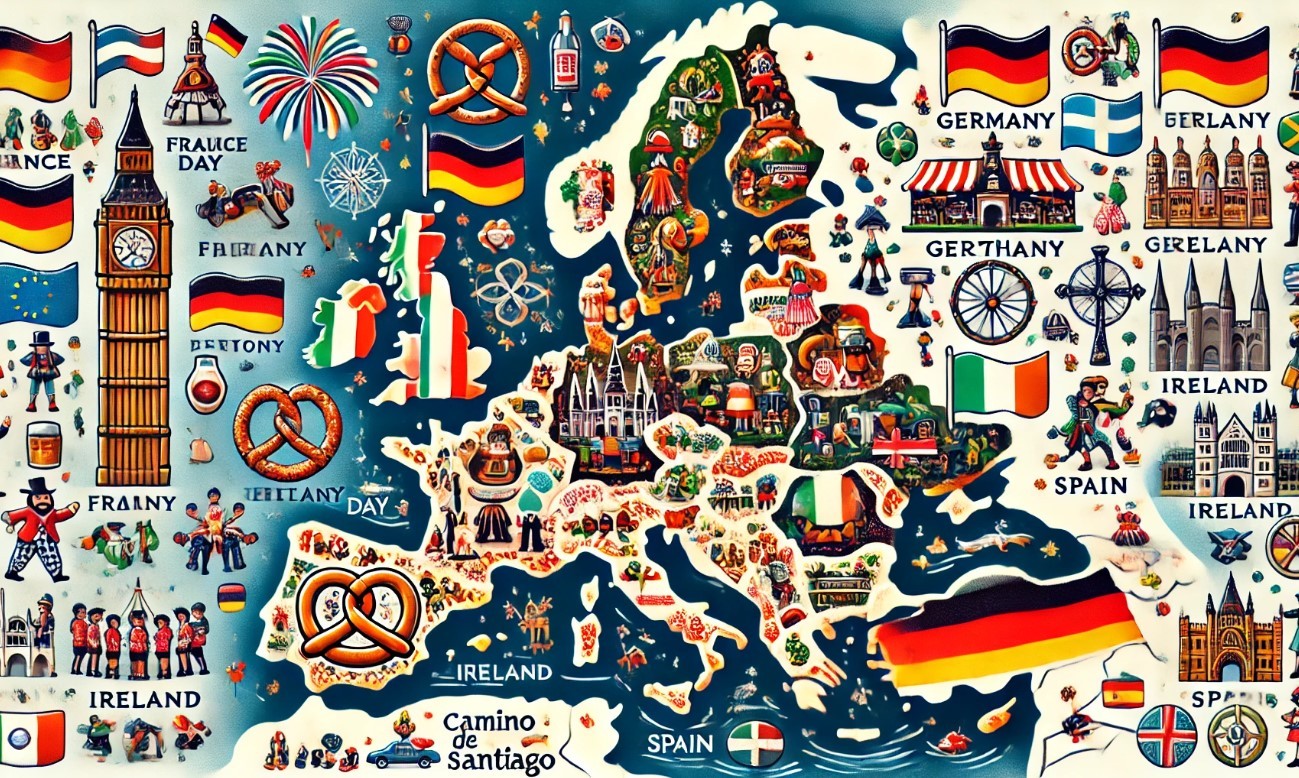Top 10 Highest Mountains in Europe
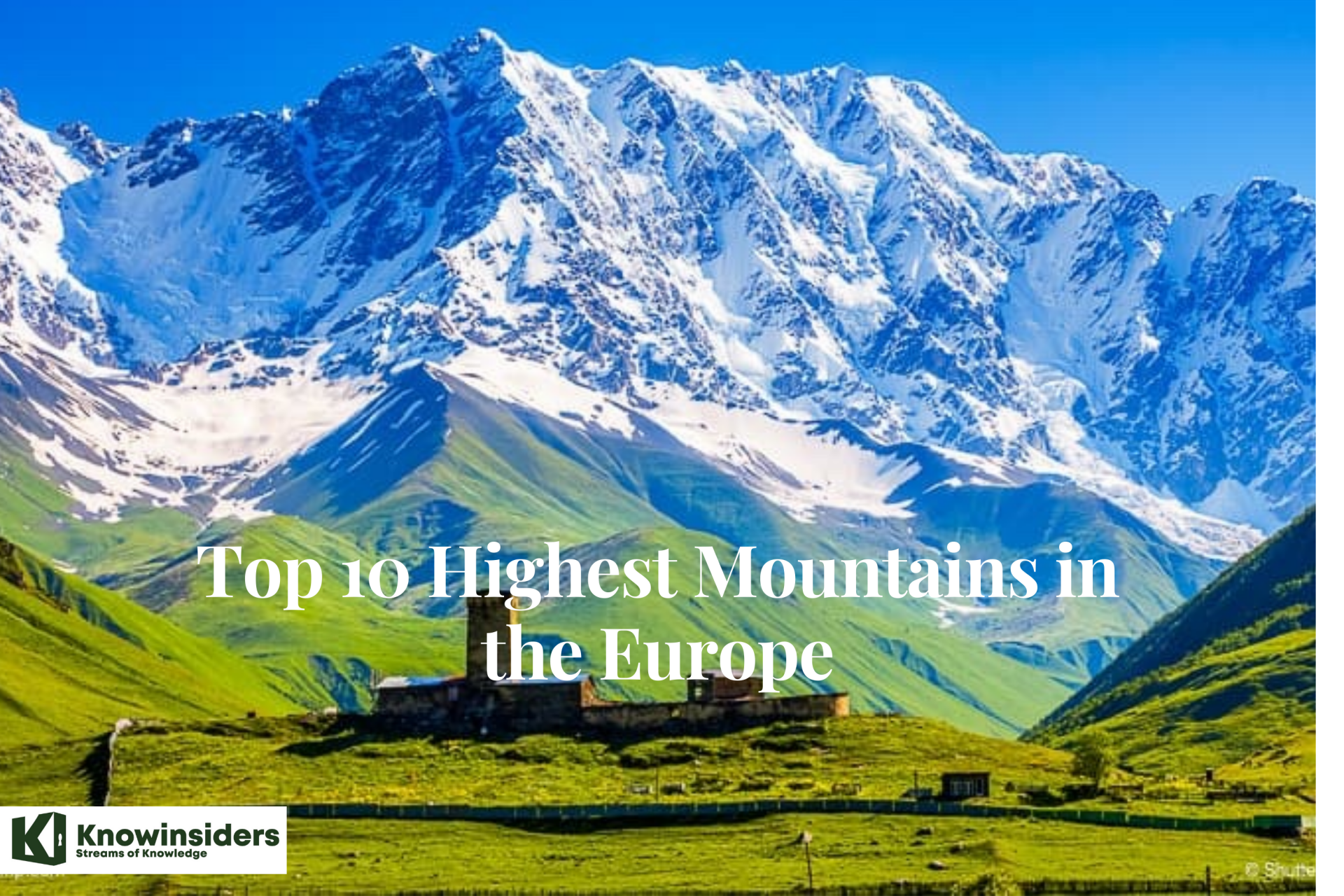 |
| Illustrated picture. Photo: Mixi |
‘Europe’ is a pretty broad term, so by saying Europe, we mean the geographical continent of Europe. There is much debate as to what the highest peak in Europe is, as number one on this list (Elbrus) actually lies on the border between Europe and Asia within the Caucasus Mountain Range. We are also only including prominent peaks in this top 10. After a lot of confusing research, it became clear that many of the other write-ups on the highest peaks in Europe were actually including satellite summits.
The List of 10 Highest Mountains in Europe
1. Mount Elbrus, Russia - 5,642 m
2. Dykh-Tau, Russia - 5,205 m
3. Shkhara, Georgia - 5,201 m
4. Koshtan-Tau, Russia - 5,151 m
5. Mount Ararat, Turkey - 5,137 m
6. Mount Kazbek, Georgia - 5,033 m
7. Tetnuldi, Georgia - 4,858 m
8. Mont Blanc, Italy And France - 4,807 m
9. Mount Dzhimara, Russia - 4,780 m
10. Ushba, Georgia - 4,710 m
What are the Highest Mountains in Europe?
1. Mount Elbrus, Russia - 5,642 m
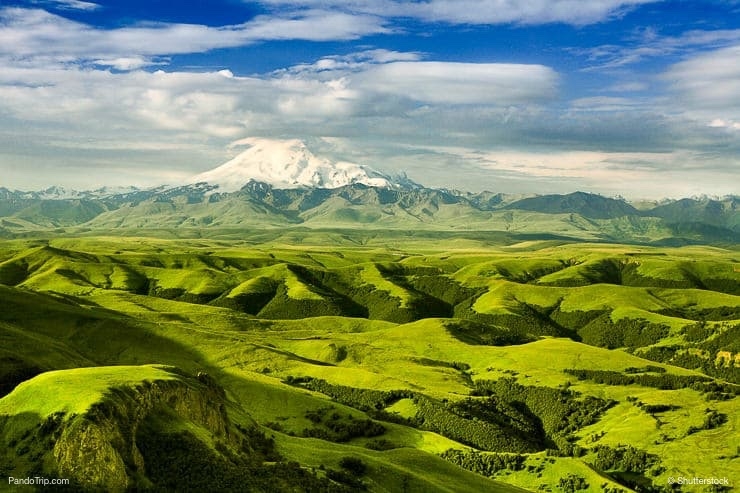 |
| Photo: pandotrip |
Topping our list of tallest summits in Europe – Mount Elbrus. A part of the Caucasus mountain range in Russia it is actually the highest peak in Europe, as well as one of the world’s seven summits – the highest point on every continent. The mountain itself sits near the border with Georgia.
Elbrus has two summits, both of which form a double-coned volcano. Don’t worry though, the last known eruption was in the year 50 AD. It clocks in as the tenth tallest in the world, at a height of 5,642 m (18,510 ft), which is 832m higher than Western Europe’s highest mountain, Mont Blanc. Despite this, the tallest mountain in Europe is said to be quite easy to ascend, though not without its challenges.
| THE CLIMATE ON ELBRUS The weather is most stable during July and August but you can climb from early June to early September if you have the right equipment. Cold and wind are continual problems to prepare for on Mount Elbrus, even in the height of the summer. Above the snow line temperatures can be minus 30 C and the wind can be very strong. A lot of problems are caused by storms rising during the day and groups caught out in bad visibility. Because the mountain is situated between the Black Sea and the Caspian Sea, the effect of these two large bodies of water has a significant impact on weather, as does a particularly cold northerly which blows down from Siberia. |
2. Dykh-Tau, Russia - 5,205 m
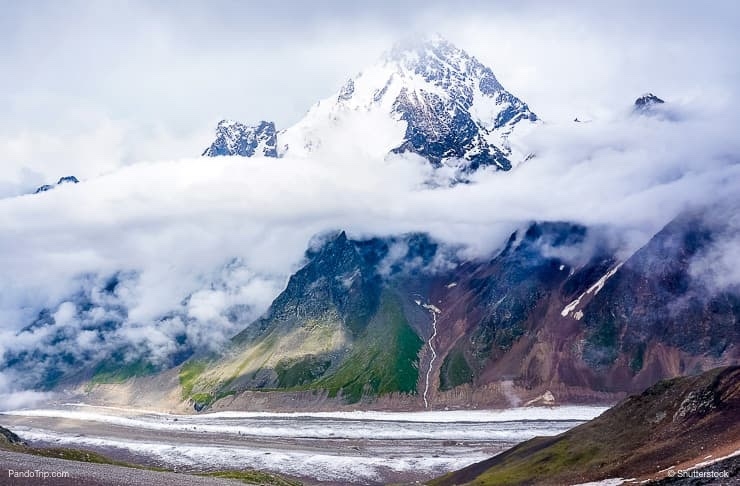 |
| Photo: pandotrip |
If this article doesn’t demonstrate that the Russian Caucasus mountain range is just as majestic (if not more) than the Alps, nothing will. Dykh-Tau, whose name means “jagged mount,” is the second-highest peak in the Caucasus range in the European continent. Located near the border with Georgia, Dykh-Tau is 5,205 m (17,077 feet) at its highest point.
Dykh-Tau is best accessed from the Russian village of Bezingi which has a special Alpine Camp at 2180m. Climbs take at least 13 days and can be quite challenging. The area is also known for frequent avalanches.
3. Shkhara, Georgia - 5,201 m
 |
| Photo: mpora |
At 5,201 m (17,060 ft), Shkhara is the third-highest peak in the Caucasus mountain range. It is located in Georgia, close to the city of Kutaisi, and is the highest point in Georgia. The peak is also the high point of the Bezingi Wall, a 12-kilometre-long ridge along the Georgian-Russian border.
Shkhara is notoriously hazardous and is called one of Europe’s most tough climbs. There are high levels of snow all year round, and the terrain is treacherous, rocky, and steep. Though there are great risks, there are also great rewards, as there are also truly breathtaking views. However, for those dissuaded by this peak, be sure to check out the charming nearby Georgian village of Ushguli at the base.
4. Koshtan-Tau, Russia - 5,144 m
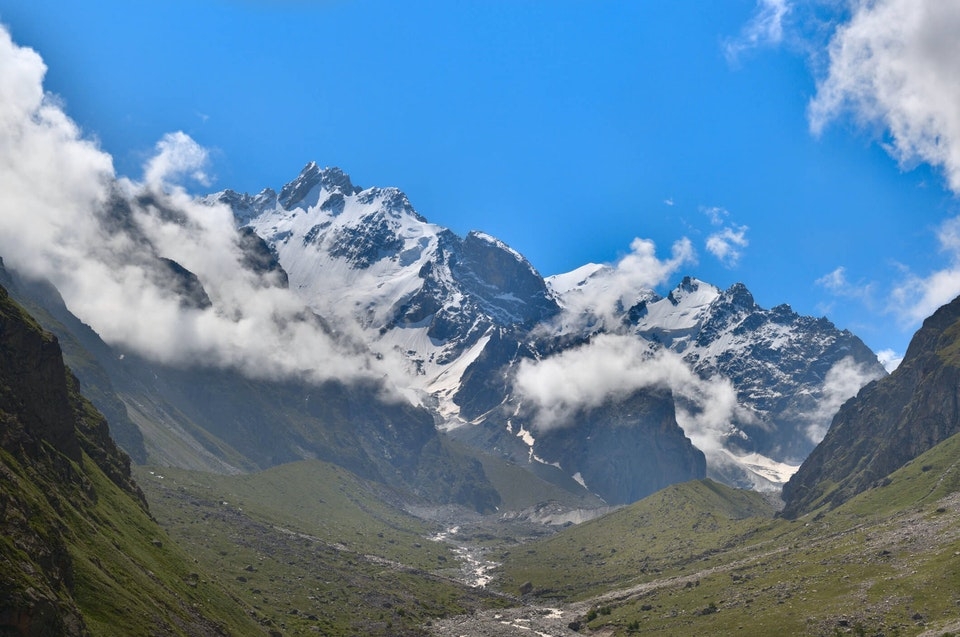 |
| Photo: mpora |
Moving across the border into the Russian section of the Caucasus, there is the Koshtan-Tau mountain, with a height of 5,144 m . Though technically considered a massif, meaning there are several separate peaks on the mountain, the Koshtan-Tau is the only to go above the impressive 5,000 meter mark. Located near the Georgian border, the mountain’s Russian steep altitude and Northern-hemisphere location means there is snow year-round, making for some particularly scenic wintertime-all-the-time vistas.
Why go there? Since its discovery and first climb in 1889, the mountain has remained rather remote and not a particularly popular climb, making it an advantageous trek for those interested in venturing into relatively unchartered territory. However, travelers will be pleased to note that routes of many different terrains and difficulties exist, from easy rock routes to treacherous traverses.
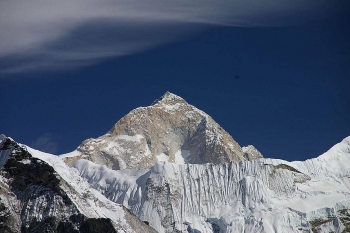 Top 10 Highest Mountains in the World Top 10 Highest Mountains in the World Nepal is known as the kingdom of the Himalayas, where the highest mountains in the world are located. Check out the list of 10 highest ... |
5. Mount Ararat, Turkey - 5,137 m
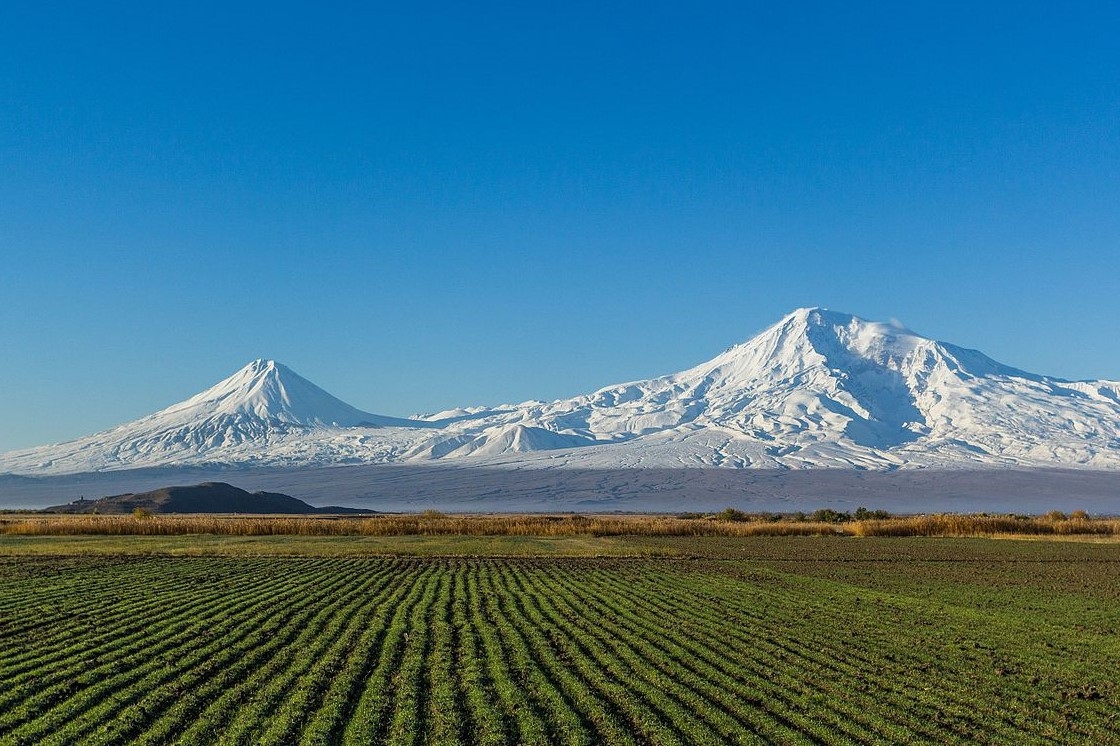 |
| Photo: travel.earth |
The third Georgian charmer on the list, Mount Kazbek (also known as Stepantsminda) is actually a dormant subclass of volcano known as a stratovolcano, as well as a part of the Caucasus Mountain Range. Its volcanic status has earned it the name “Molten Mount” in local tongues. Kazbek is considered the third highest peak in Georgia, at a height of 5,047 m (16,558 ft), but only the seventh highest in the Caucasus system. Though it’s a true feat to climb it, Kazbek’s commanding presence can also be enjoyed safely (and while sipping hot chocolate) from nearby Stepantsminda Village.
Why go there? Mount Kazbek is considered the crown jewel and main site of the Kazbegi National Park, official designated in 1979 and home to an abundance of alpine meadows and beech tree forests, making it a lovely destination for mountain climbers and nature lovers alike. However, unpredictable weather makes for a potentially treacherous and harrowing climb, so aspiring mountaineers should be careful as and well prepared for the adventure of a lifetime.
6. Mount Kazbek, Georgia - 5,033 m
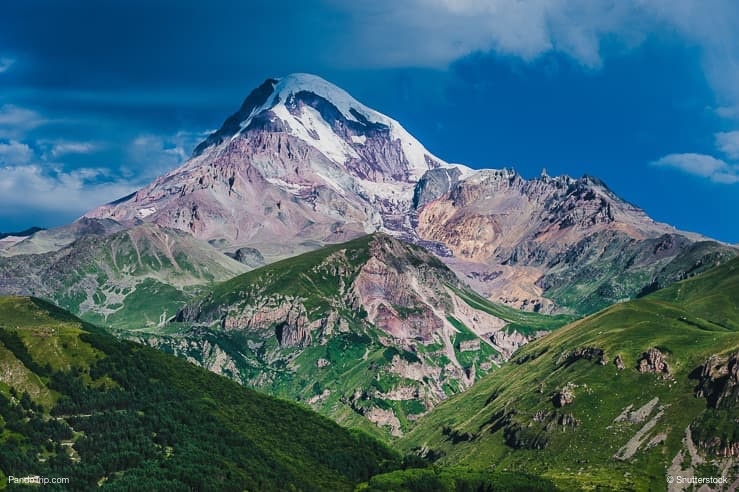 |
| Photo: travel.earth |
Mount Kazbek (also known as ‘Kazbek’) is a 5,033 metre-high dormant stratovolcano that sits right on the border between Russia and Georgia. Given the geographical situation of the region, Mount Kazbek frequently receives tectonic activity, with small earthquakes frequently taking place in the region.
Because of all the tectonic and volcanic activity, the glaciers that hang onto the steep slopes of Mount Kazbek are frequently falling off in large chunks, frequently resulting in the deaths of many. This was no more true than in August 20th 2014, where seven people tragically lost their lives following a collapse of the Devdaraki Glacier.
7. Tetnuldi, Georgia - 4,858 m
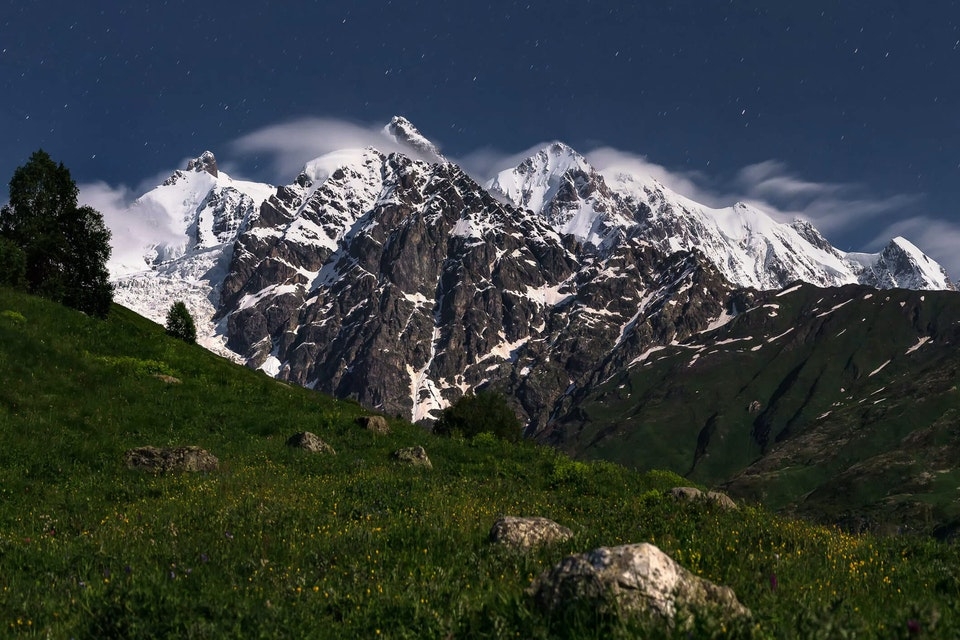 |
| Photo: mpora |
Although claimed to only be the 10th highest peak in the Caucasus Mountain Range, Tetnuldi takes the place of the sixth highest mountain in Europe as it is a prominent peak in itself, rather than a satellite summit.
Interestingly, there is a summit situated on the north-west side of Tetnuldi. Tetnuldi ski resort consists of just four ski lifts that take you up to an altitude of 3165m. Even though it’s in one of the most remote parts of Georgia, sitting just 15km from the town of Mestia – the ski resort is one of Europe’s newest ski resorts after opening on 8th February 2016.
8. Mont Blanc, Italy And France - 4,807 m
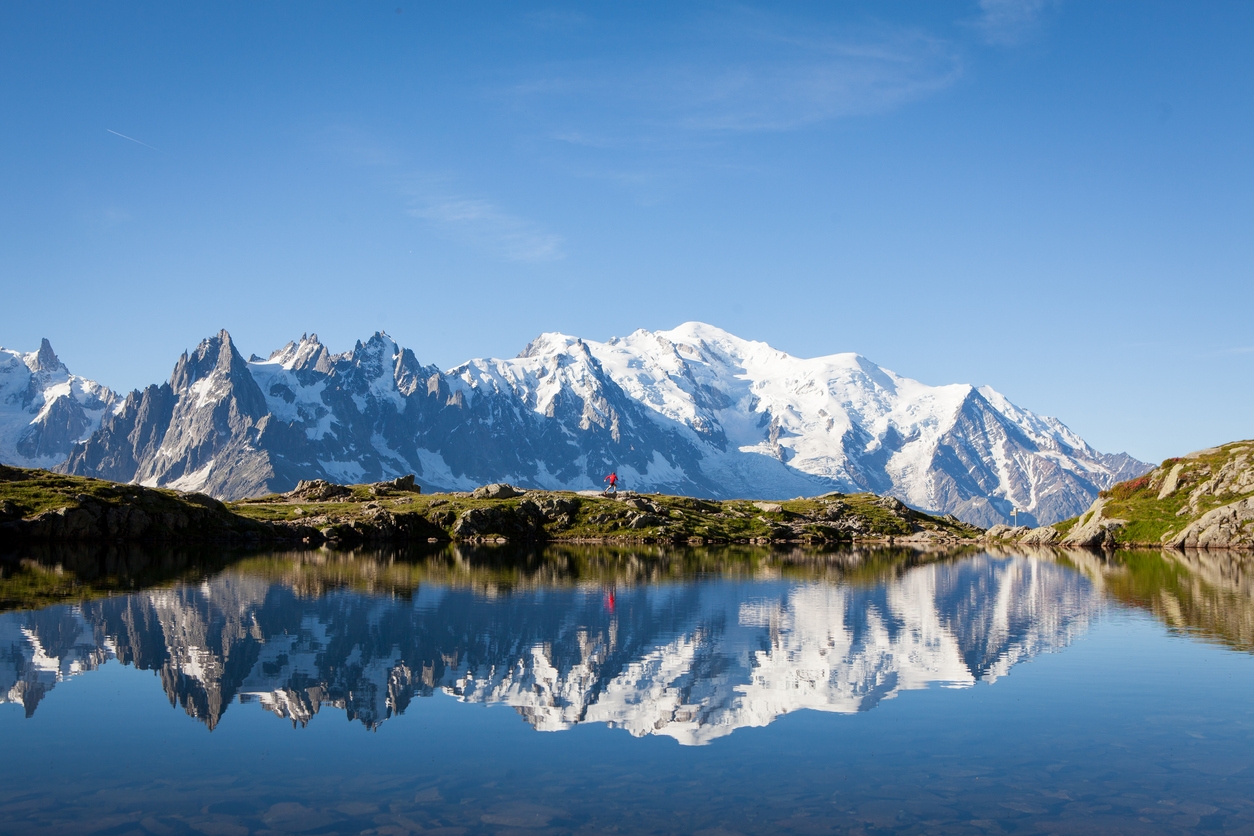 |
| Photo: travel.earth |
An exhilarating crossroad between France and Italy (though the summit is technically in France), Mont Blanc, Monte Bianco, or “White Mountain” is often cited as the second most famous mountain in the Alps, right after the Matterhorn. It is a stunning 4,807 m (15,778 ft) tall, and the stately views from the top do not disappoint, whether on foot or seen from the comfort of a plane journey from Paris to Milan.
Why go there? Lovers of winter sports will be impressed by the plethora of skiing, snowboarding and other winter sport adventuring, though the biggest and best way to experience Mont Blanc is, of course, mountaineering. For adventurous ice-climbers, Monte Blanc also features the Mer de Glace glacier, the second longest in the Alps.
9. Mount Dzhimara, Russia - 4,780 m
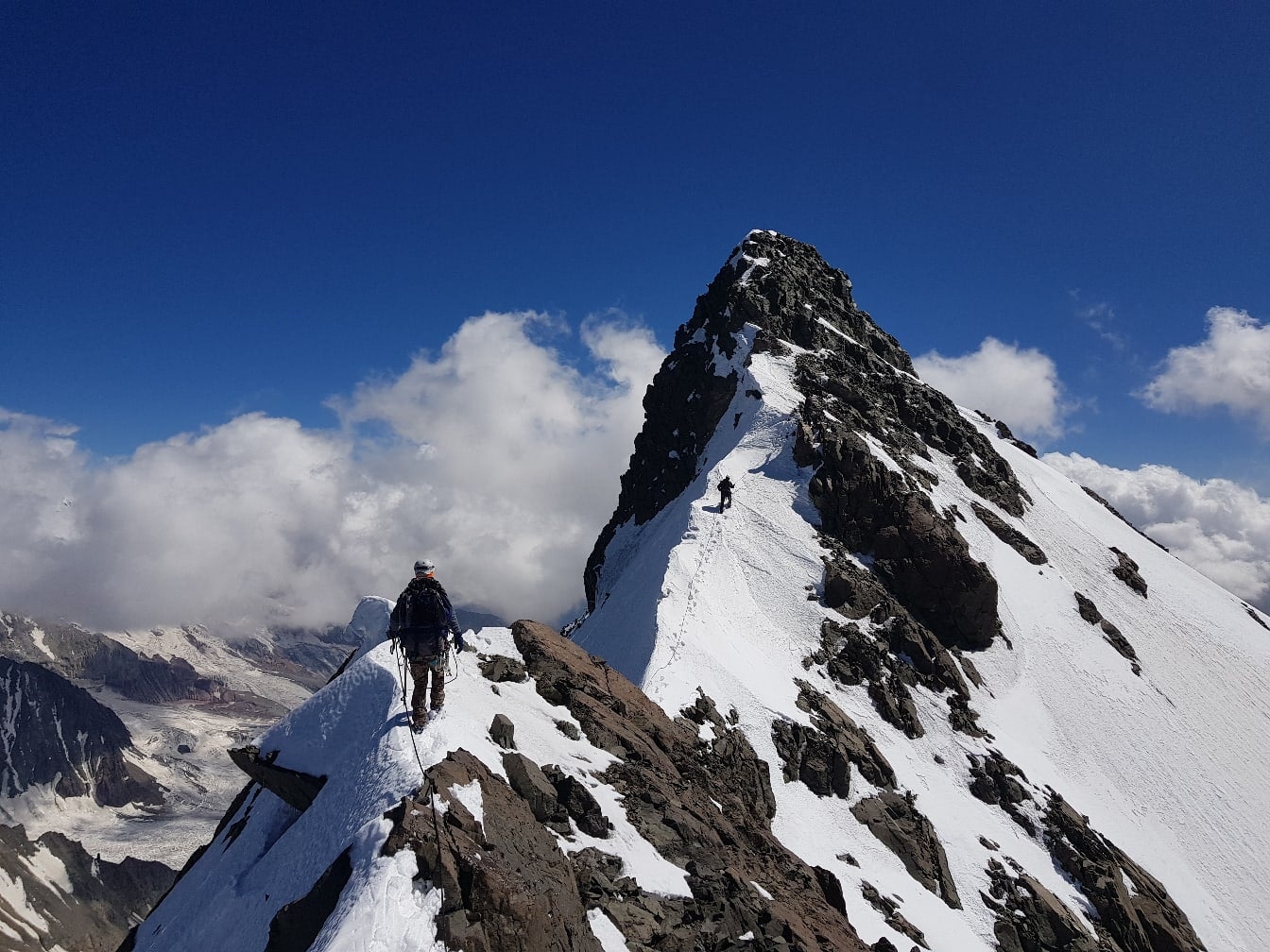 |
| Photo: Reddit |
Also known as Jimara, Mount Dzhimara lies on the border between Russia and Georgia, within the North Ossetia–Alania area. It’s the second highest peak in the Khokh Range, with Mount Kazbek taking the top spot – just 9km away. The Khokh Range is a mountain range which is part of the Caucasus Mountain Range, with ‘Khokh’ meaning mountain in the Ossetian local language.
10. Ushba, Georgia - 4,690 m
 |
| Photo: mpora |
Located in the Svaneti region of Georgia, near the Russian border, the Georgian Ushba mountain is often called the Matterhorn of the Caucasus Mountains, not for its height (which is impressive at 4,690 m (15,387 ft)), but rather for the truly awe-inspiring nature of its spindly double-summit, which is the subject of many impressive photos. However, Ushba is considered the hardest climb in the Caucasus Mountain Range, with the average climb-time running at over 12 days of exhausting mountaineering, so those pictures can come at a steep cost.
Why go there? For a true adventure climber or seasoned mountain tackler, Ushba Mountain, sometimes called “The Queen of the Caucasus” is the perfect challenge. Heavy snowfall and impressive year-round storms can make the climb arduous at best and treacherous at worst. Summit of the north peak mountain also technically involves a border crossing into Russia, which is an added bonus for travelers looking to cross another country off their list.
The Alps -The highest and most extensive mountain range systemStretching across south-central Europe, the Alps are the highest and most wide-ranging mountain range system. In fact, the Alps extend at around 750 miles or 1,200 kilometres in a crescent shape through eight Alpine countries: France, Switzerland, Monaco, Italy, Liechtenstein, Austria, Germany, and Slovenia. They are divided into Eastern and Western Alps. Owned by France, Switzerland, and Italy, the Western Alps, are higher with a shorter, curved central chain, while the Eastern Alps can be found in Italy, Switzerland, Austria, Slovenia, and Germany. |
For more interesting news of KnowInsiders, check out right below!
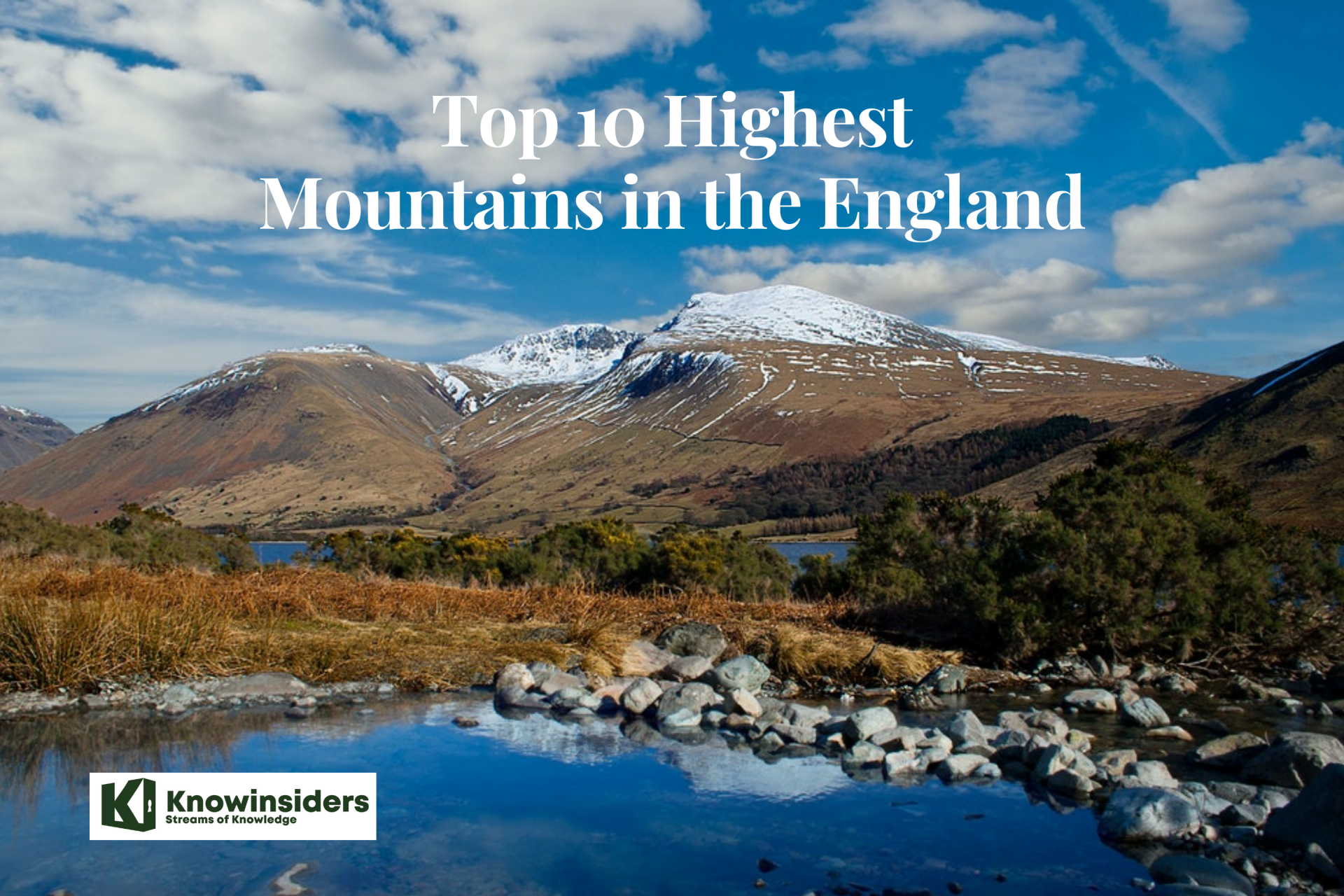 Top 10 Highest Mountains in England Top 10 Highest Mountains in England Although England is a largely flat nation, it is still home to a number of majestic mountains and hilly plains. Check out the list of ... |
 Top 10 Highest Mountains in the UK Top 10 Highest Mountains in the UK The UK is home to over 200 mountains that rise above 1,000m – with the majority of these in Scotland. Check out the list of ... |
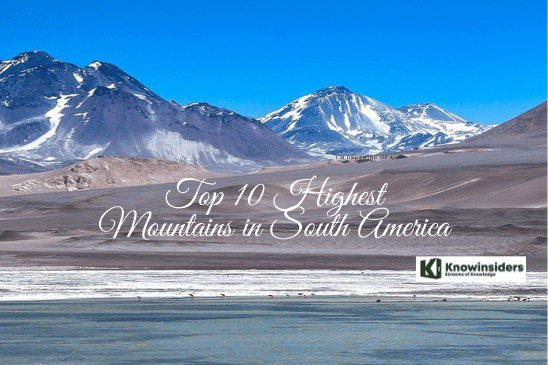 Top 10 Highest Mountains in South America Top 10 Highest Mountains in South America South America’s highest mountains list covers the following countries – Argentina, Chile, Peru and Bolivia. Check out the list of the 10 highest mountains in ... |



